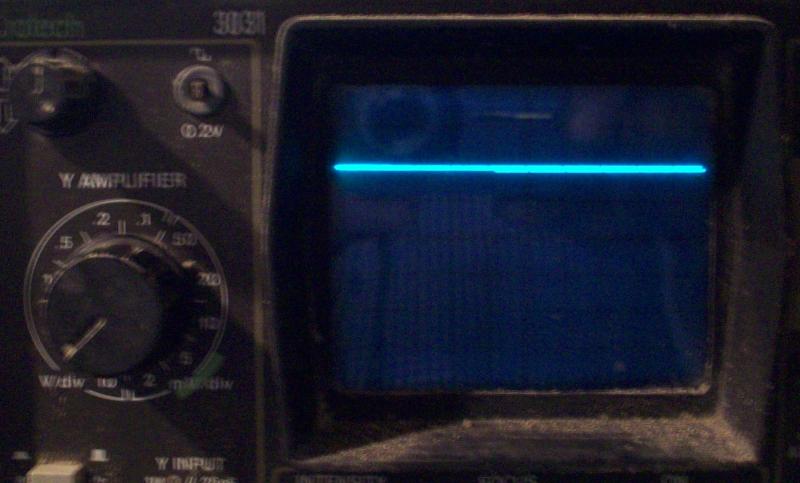I have a 25w max LED transformer powering 2x7w and 1x4w LEDs. Works fine but after a while all 3 LEDs start to flash on & off.
Is the transformer duff or am I using the wrong rating?
Is the transformer duff or am I using the wrong rating?


